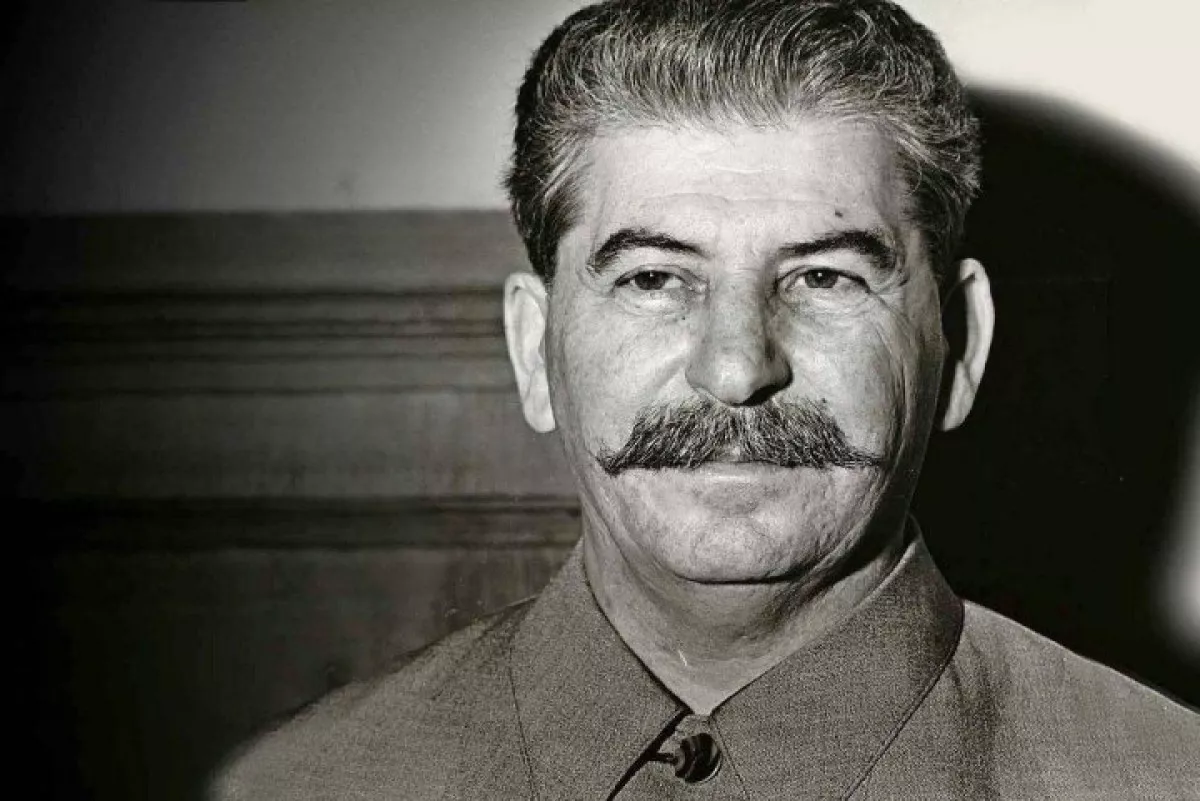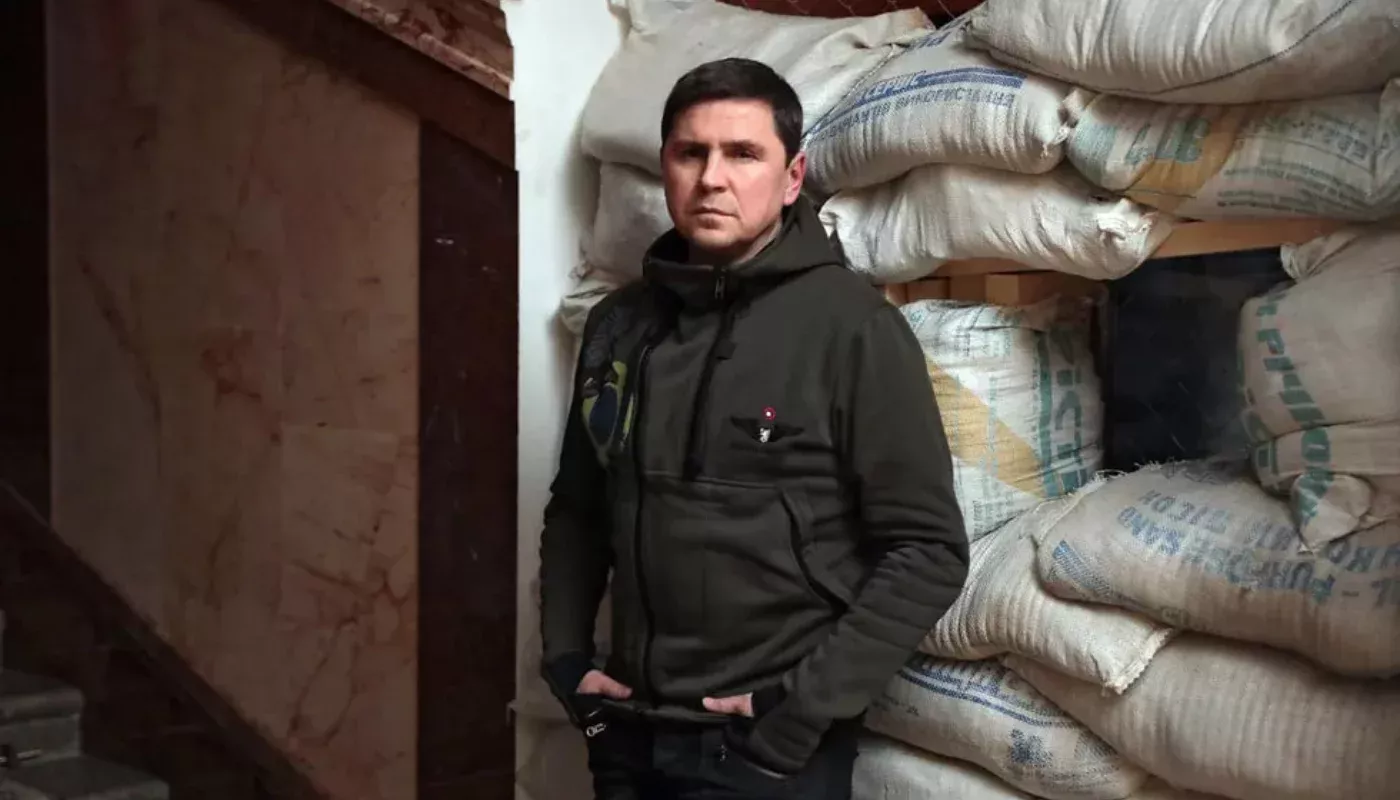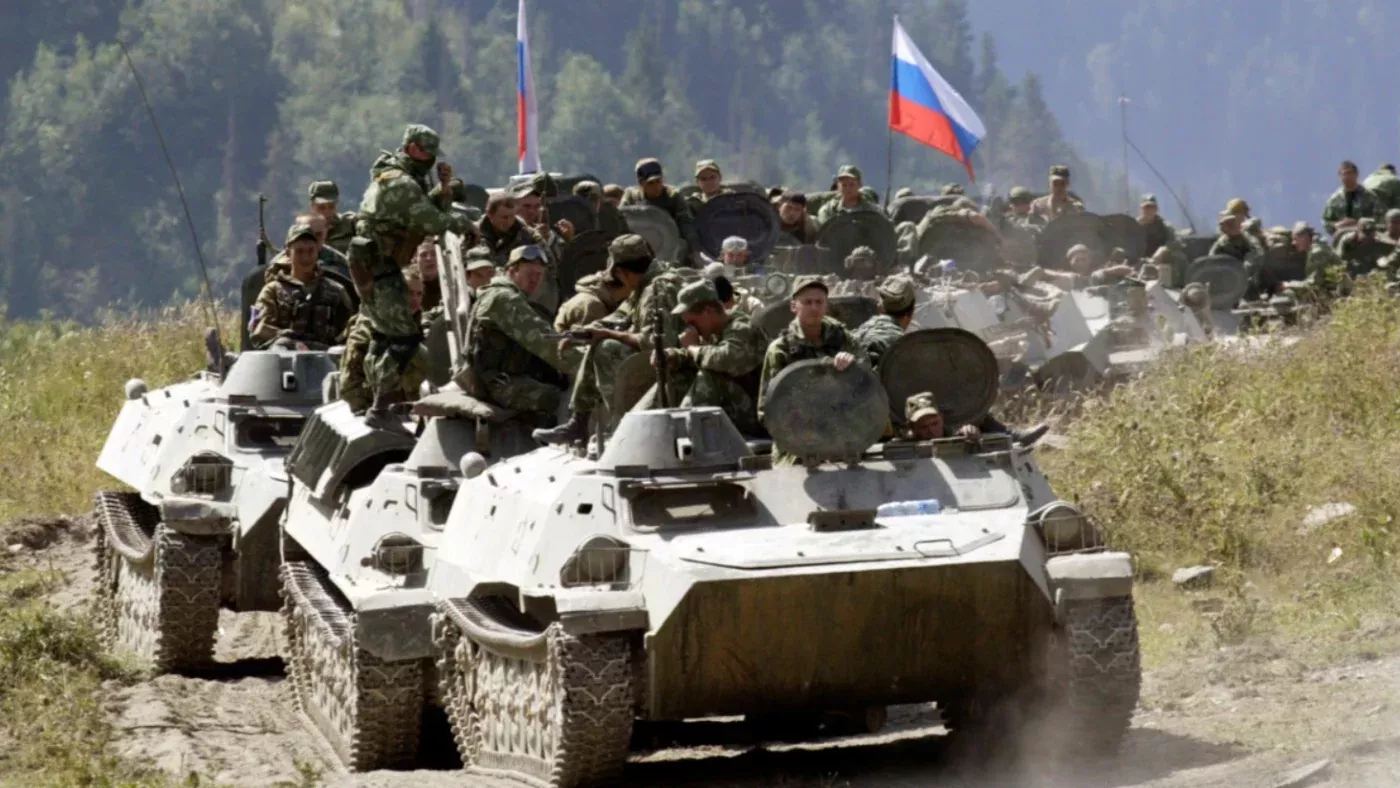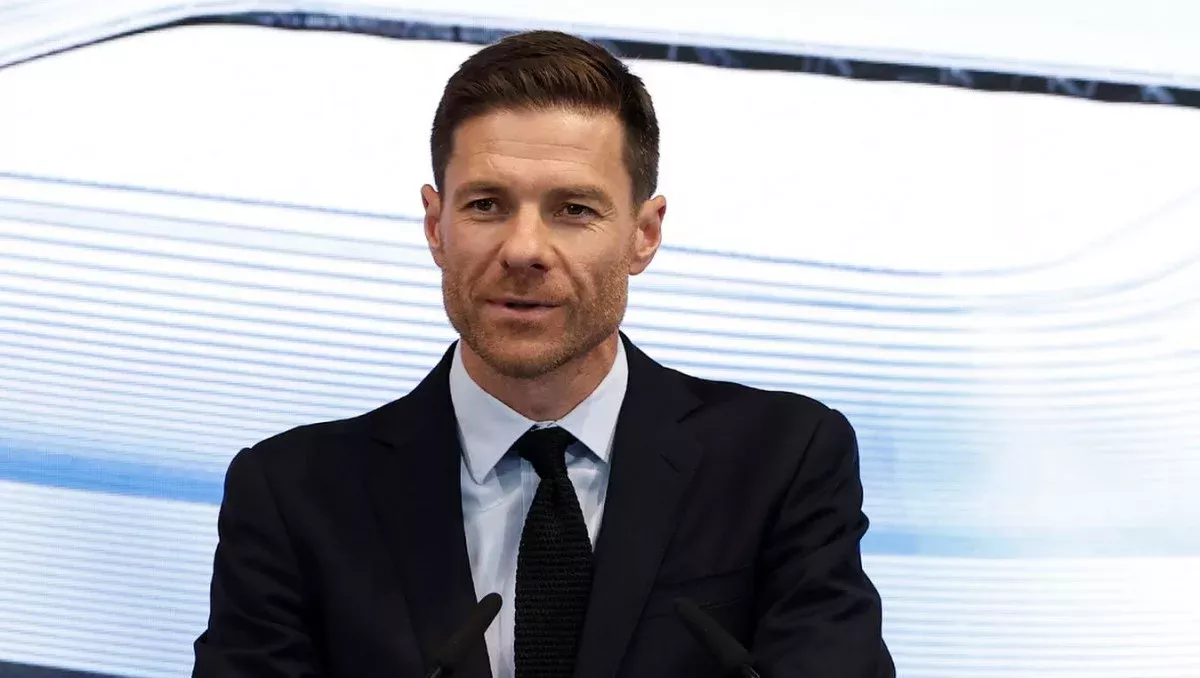
Various leaders have operated in the history of the Soviet Union. This was reported by Upl.uz.
Most of them did not live in wealth, while some led simple and modest lives. Joseph Vissarionovich Stalin, despite his unlimited power, is recognized as one of the poorest leaders of the Soviet Union.
His daily life was far from luxury, and the legacy he left after his death was very minimal. Nevertheless, there are questions about where his financial resources were directed and how he managed his income.
Let’s examine this issue based on historical data. In March 1953, after Stalin's death, Lavrentiy Beria ordered the inventory of his property.
Stalin's salary amounted to 10,000 rubles, which was considered large for that time. However, the list of his personal belongings was unexpectedly very small.
It included a few shirts, trousers, one pair of boots, six smoking pipes, and only a savings account with 900 rubles. No valuable jewelry or luxury items were found.
With that salary, Stalin could have purchased a "Pobeda" car for himself, but there was no such item among his possessions. Some sources state that MGB employees found a large sum of approximately 3.5 million rubles and foreign currency at Stalin's nearby dacha, but there are no documents to confirm such information.
Historians note that Stalin owned about ten dachas in Crimea, along the Black Sea coast, and other southern regions. However, no wealth or valuable items were found there either.
As a result, the leader's heirs – his children received almost nothing. According to archival data, Stalin regularly paid a mandatory party fee of 300 rubles for party members.
Additionally, he may have received rewards through publications for his works, but official sources do not provide information about such income. This leaves the impression that he did not spend his income on personal needs or that it is unknown where it went.
Stalin's daughter, Svetlana Alliluyeva, states in her memoirs that all of her father's money was handed over to special MGB department employees and his bodyguard Nikolay Vlasik. According to her, Stalin was fully supported by the state.
The state covered the costs of his housing, food, clothing, servants, and many dachas. The guards were also provided for by the state.
Thus, Stalin did not use his money for personal needs. No accounts opened in the name of Stalin in Soviet and foreign banks or hidden wealth were found.
The absence of any treasure or hidden funds in his house and dachas indicates that he did not strive to accumulate personal wealth. His life served the ideology and state interests, not personal well-being.
Stalin was not the only leader who lived modestly. Vladimir Ilyich Lenin also had a similar attitude towards material wealth.
According to historical data, both prioritized the interests of the party and the people over personal well-being. Among subsequent Soviet leaders, there were those inclined to luxury, but Stalin and Lenin stood out with their simple lifestyle.
The question of where Stalin's financial resources went remains unanswered. Perhaps some of the money was allocated to secret state projects or distributed among those close to him.
However, there are no documents to confirm such assumptions. According to official information, Stalin left no significant wealth or inheritance.
In the 1930s, Stalin refused to increase his salary and stated that his personal income was sufficient for a simple life. This decision served as an example for other party officials, who were inclined to luxury.






